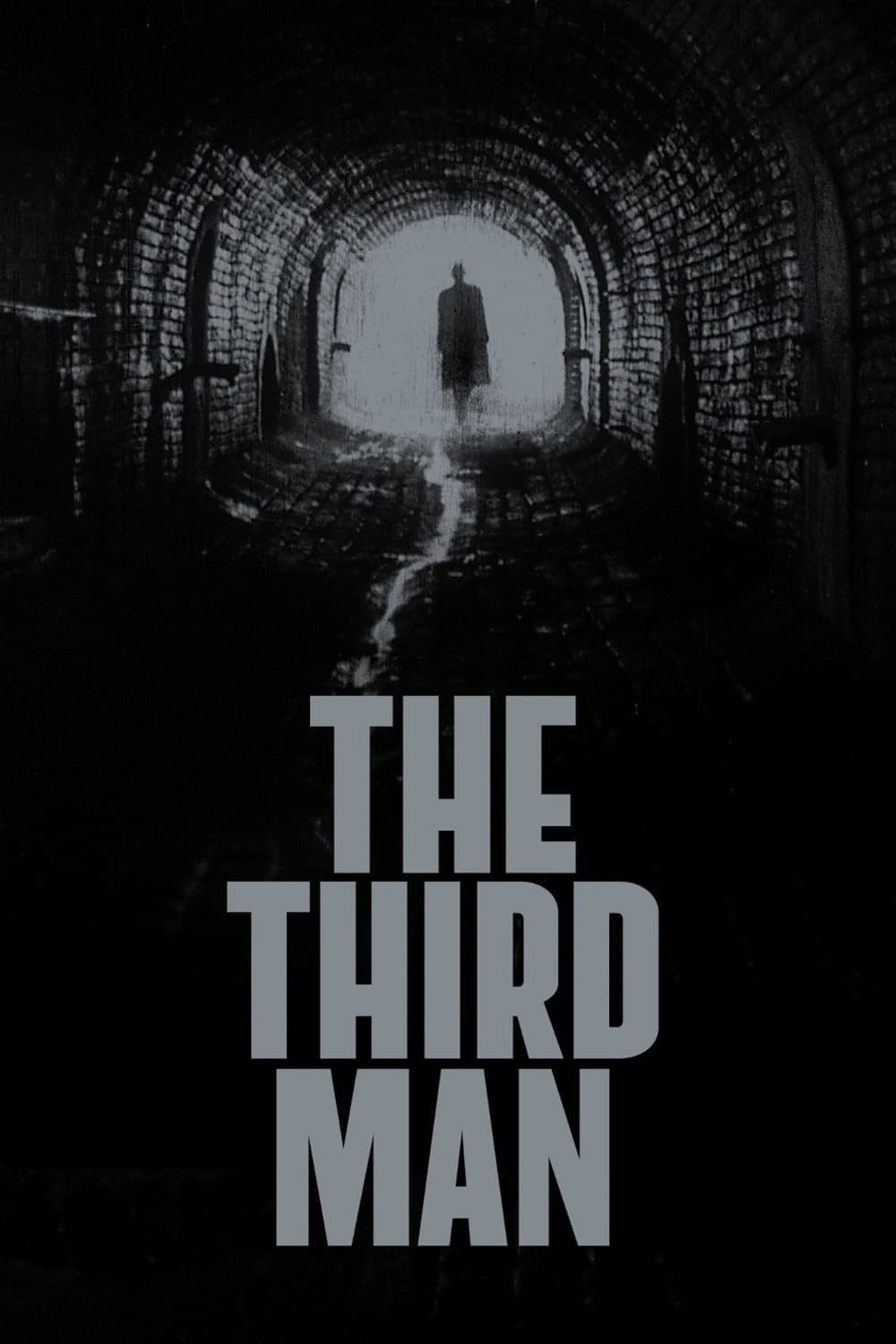
The Third Man
1949
Rate this movie
Average: 0.00 / 5
(0 votes)
Director
When, in 1949, during the difficult post-war period, Carol Reed decided to embark on the project of “The Third Man,” he already had a solid portfolio of completed works that shielded the film’s producers from any surprises.
Although still young, not yet 43 years old in fact, Reed had already directed some 17 feature films and an unspecified number of shorts, collaborating with figures of the calibre of John Huston and Graham Greene and acquiring a more than deserved reputation.
Up to that point, his best film had probably been made the previous year: “The Fallen Idol,” based on a Greene novel, entirely shot and produced in the UK.
Moreover, Reed was an all-around showman, starting with his cultural background: his father was, in fact, Sir Herbert Beerbohm Tree, the man who had founded the Royal Academy of Dramatic Art in London, the most venerable and authoritative theatrical institution in the entire United Kingdom.
Reed was therefore a sort of destined talent, and the casting for “The Third Man” completed the picture of a unique moment and a predetermined success: four very different actors were chosen, but each in their own way possessed a magnetic aura that proved crucial for the film’s achievement and definitive consecration in the years to come.
In the lead role, Joseph Cotten was cast, an artist whose career had been launched by Orson Welles himself (naturally as director) in two splendid films that later made his fortune as an actor: “Citizen Kane” (1941) and “The Magnificent Ambersons” (1942).
For the female role, the ethereal Alida Valli was chosen, a woman of unsettling beauty, then just 28 years old but already with a vast cinematic experience.
To portray Major Calloway, His Majesty’s officer in Vienna, the choice fell upon Trevor Howard, a 35-year-old English actor, early in his career.
Finally, in the role of the “third man,” Orson Welles was fatefully cast, lending the character of Harry Lime a charismatic and sinisterly languid aura, but at the same time causing the production no small amount of headaches.
Orson Welles’s biggest problem was the sewers.
His character indeed appears in the second half of the film, and the longest sequence he had to face was an interminable chase through the sewers of Vienna, the notorious Wienkanal, a long labyrinth of underground drainage channels that emptied into the “beautiful Blue Danube.”
Needless to say, the environment teemed with rats, humidity, and the rest of the scenery one would expect to find in such an unhealthy and inhospitable place.
Welles dug his heels in to such an extent that the production manager, and assistant director, Alexander Korda, had to arrange a scenic reconstruction of the location in London film studios, and only a few frames were shot in the real Viennese sewers.
Secondly, Welles was a very busy man and showed up over two weeks late for the scheduled filming, so much so that he had to be replaced by various stand-ins in some scenes: it is whispered that one of these was Carol Reed himself.
Finally, Orson Welles was a character far too charismatic to limit himself to the role of a mere actor, and it seems to be confirmed that he himself wrote a large part of his character, Harry Lime’s, dialogues, imposing himself on the director and screenwriters.
Despite these minor hitches, filming was not plagued by any other serious problems, thanks to the great organization of executive producer David O. Selznick, a respected professional whose résumé included lavish productions such as “Gone with the Wind,” “Spellbound,” and “Duel in the Sun.”
Selznick had strongly wanted Valli in the cast but had firmly opposed Welles, calling him “box office poison” due to his difficult personality and his disputed popularity among audiences.
Despite his opposition, however, Selznick failed to change Reed’s mind, not even after Selznick promised none other than Cary Grant in the role of Harry Lime.
It was all in vain because the London director had the character’s profile clearly in mind and was deeply convinced that only Orson Welles perfectly suited this profile.
The film’s screenplay was entrusted to an emerging noir writer, Graham Greene, who had already collaborated the previous year with Carol Reed on the film “The Fallen Idol.”
Greene, a literary figure of great stature: playwright, screenwriter, and novelist, had just published what many consider his greatest novel: “The Heart of the Matter.”
It was immediately clear that he needed to be given carte blanche to achieve a result commensurate with his talent, and in this sense, both Reed and Selznick granted him the freedom he needed.
Greene was thus free to conceive, create, shape, script, and adapt the story as he saw fit.
The result was undeniably masterful.
A plot that leaves no room for dead ends leads the viewer through the intricacies of a dark and hostile city, disfigured by the recently ended war, with shady characters lurking behind the facade of respectable citizens, and an improvised investigator who traverses these streets in obstinate search of the ultimate truth.
The plot is centered on the character of Holly Martin (in the Italian dubbing, his first name quite surreally transforms into “alga,” or something similar).
Martin is a penniless American writer of Western adventure novels.
He is called to Vienna by a childhood friend: Harry Lime, who promises him a job and a new life.
Martin arrives in the Austrian capital full of high hopes and finds a disturbing post-war scenario: many buildings are devastated by bombings, and the city is divided into zones of influence of the four victorious foreign powers: USA, USSR, Great Britain, and France, with resulting administrative conflicts between their respective bureaucracies and police forces.
But the worst thing is that he is informed that Harry Lime is dead, having been hit by a car the previous day.
The bewildered Martin has no choice but to attend his friend’s funeral, where he meets Major Calloway of the British police.
The officer will try to explain to Martin that Lime was actually a shady character, but initially, the writer will not believe this version.
Subsequently, the American will begin his own personal investigation to establish the exact dynamics of his friend’s death and, above all, the truth about Lime.
He will thus discover that, in addition to two friends of Lime who provided first aid, there was also a mysterious third man present at the scene of death, but no one seems to endorse this hypothesis.
Martin will also meet Lime’s lover, a woman of unsettling beauty, who will participate in the investigation and try with him to establish the truth.
The epilogue will show that Major Calloway was damn right about Lime and that, in reality, the man was nothing more than a vulgar scoundrel who speculated on the black market for medicines (particularly penicillin) to profit and do business at the expense of the sick.
But the surprises do not stop there, and the dead sometimes return to earth to continue their shady dealings... Rich in allusions to a consolidated noir tradition, it deviates somewhat from the psychological trend to delve into a more expressionistic nuance, based on the iconographic impact of reality and the evocative power of decadent atmospheres.
Vienna is the great protagonist of this film: a gloomy, wounded, oppressive city.
Some inventions are memorable, such as Orson Welles’s entrance, a dark silhouette in a gloomy hallway, suddenly illuminated by the beam of light from an opening window above.
The light reveals Welles-Lime’s inscrutable face, a patch of pristine snow in an impenetrable darkness, a face we will not easily forget.
Another indelible sequence is the dialogue between the revived Lime and Martin, on the Ferris wheel.
It is here that Lime recites the famous metaphor about Switzerland, which in 5 centuries of peace and love managed to produce nothing but the cuckoo clock, while Italy, which lived through devastating wars during the same period, produced geniuses of the calibre of Michelangelo, Raphael, and Leonardo.
A final mention for Anton Karas’s soundtrack: an inexhaustible zither arpeggio that, from variation to variation, becomes a sort of lysergic mantra, a fascinating compendium to the mystery unfolding through the story.
The Third Man: a film of rare stylistic perfection, a precious gem in the history of the Seventh Art, an extraordinary work of human ingenuity.
Country
Gallery
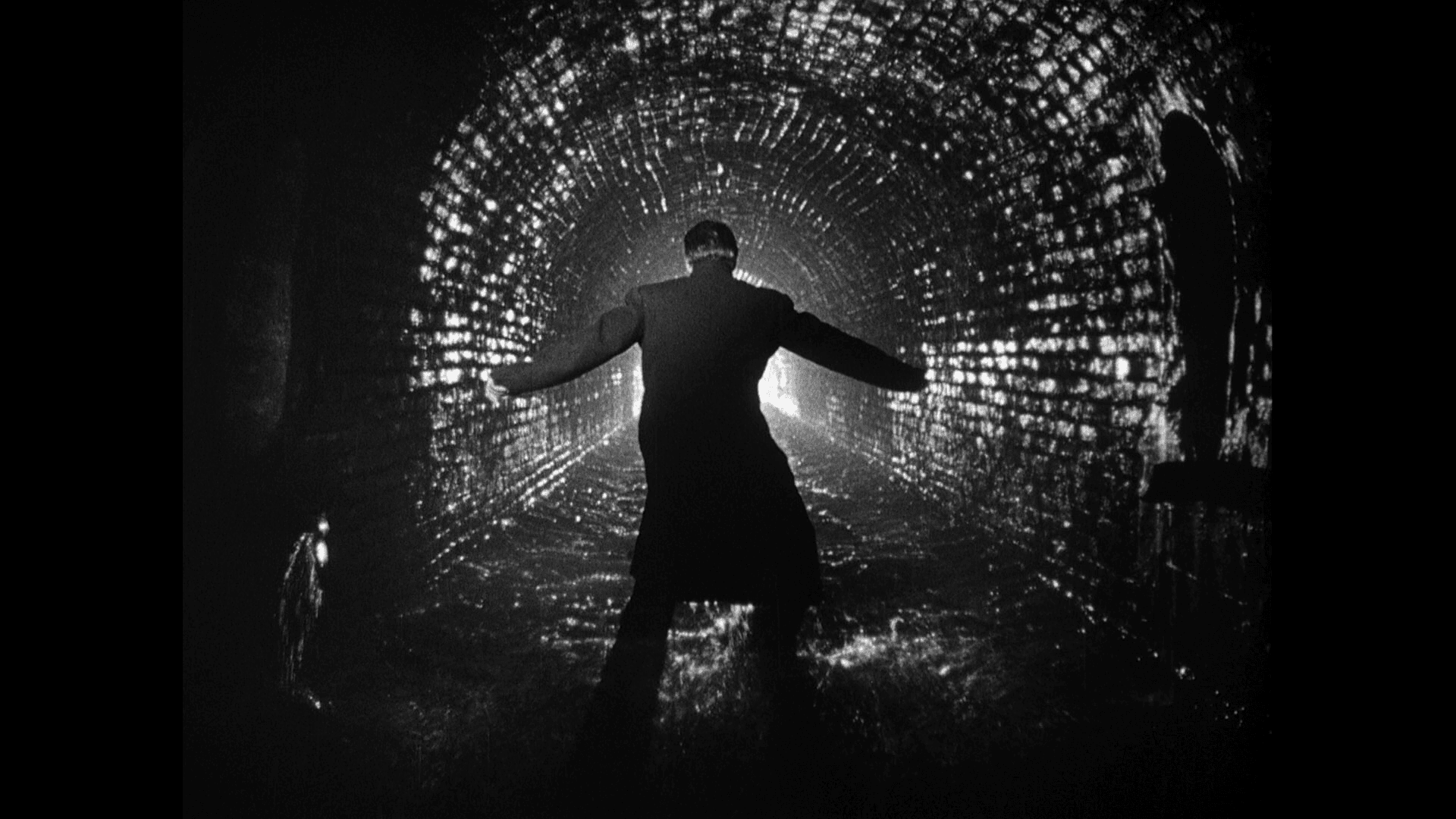
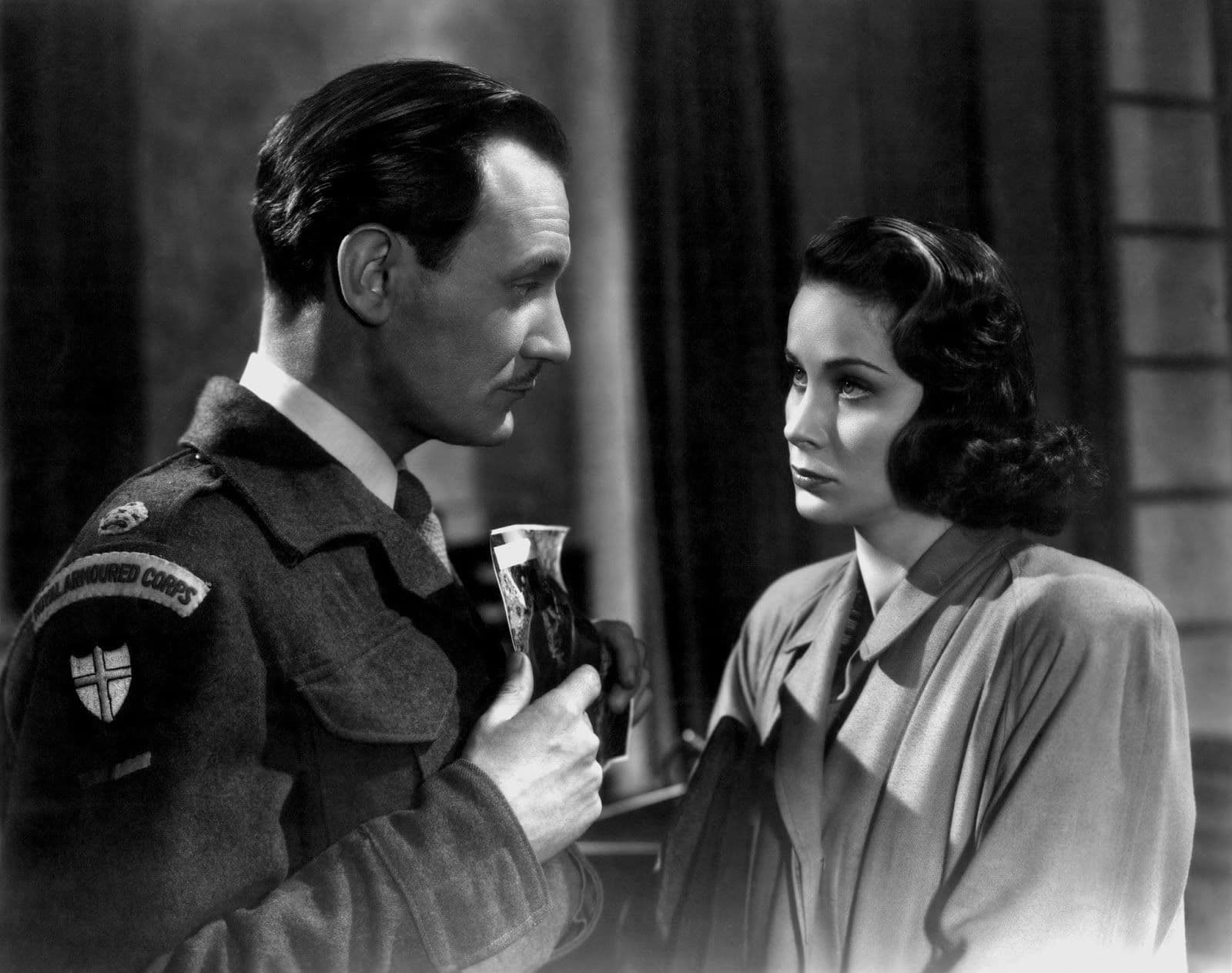
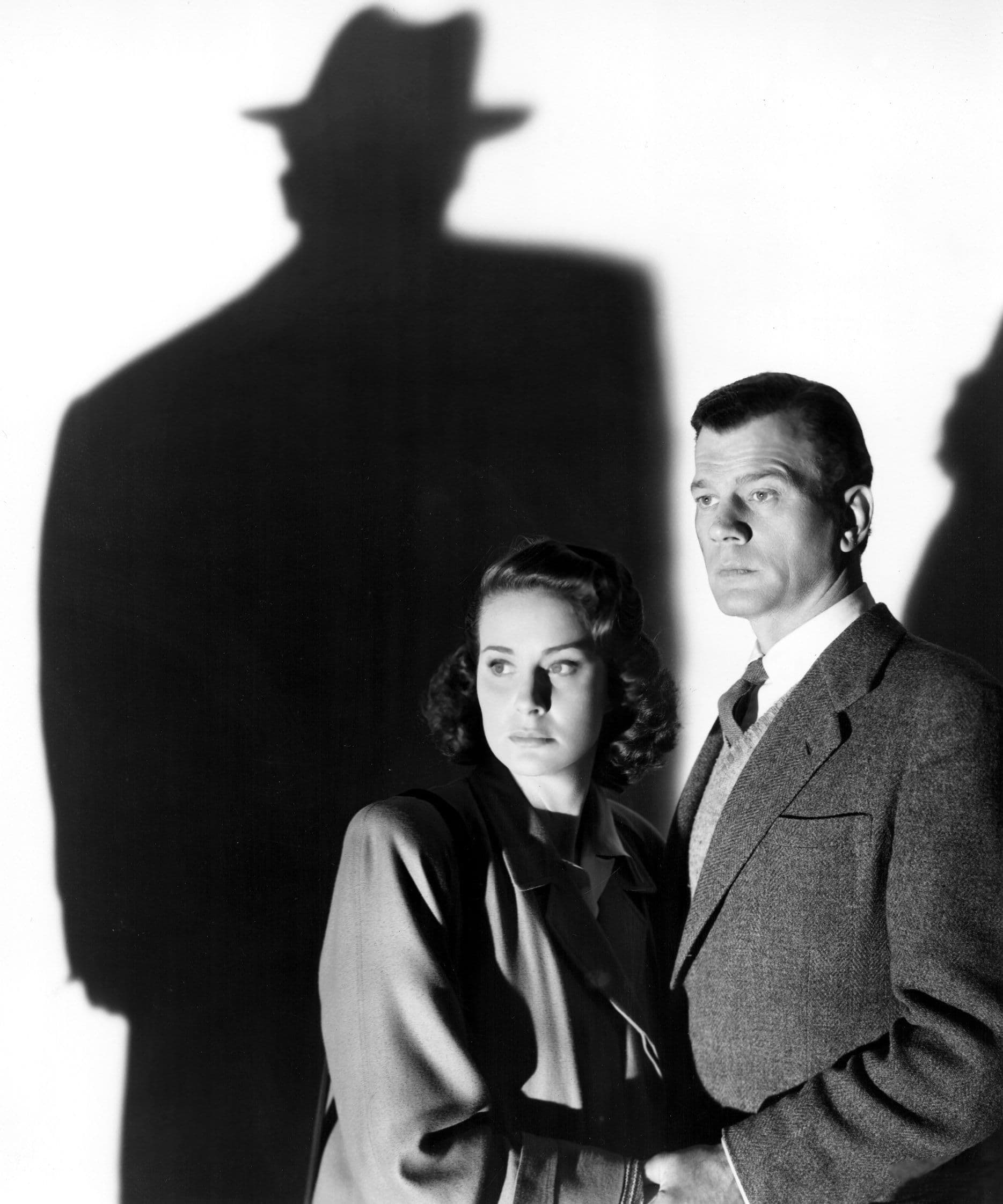
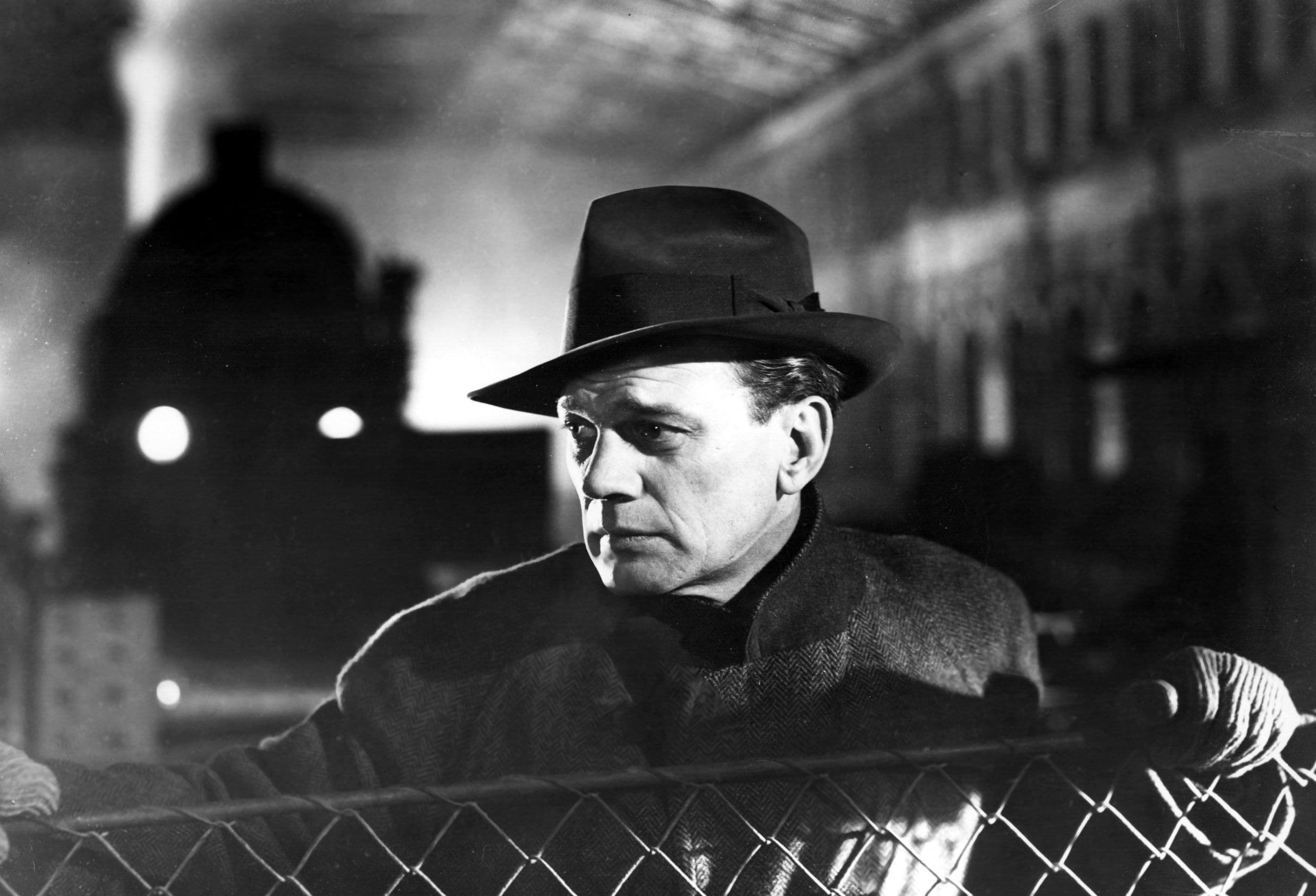
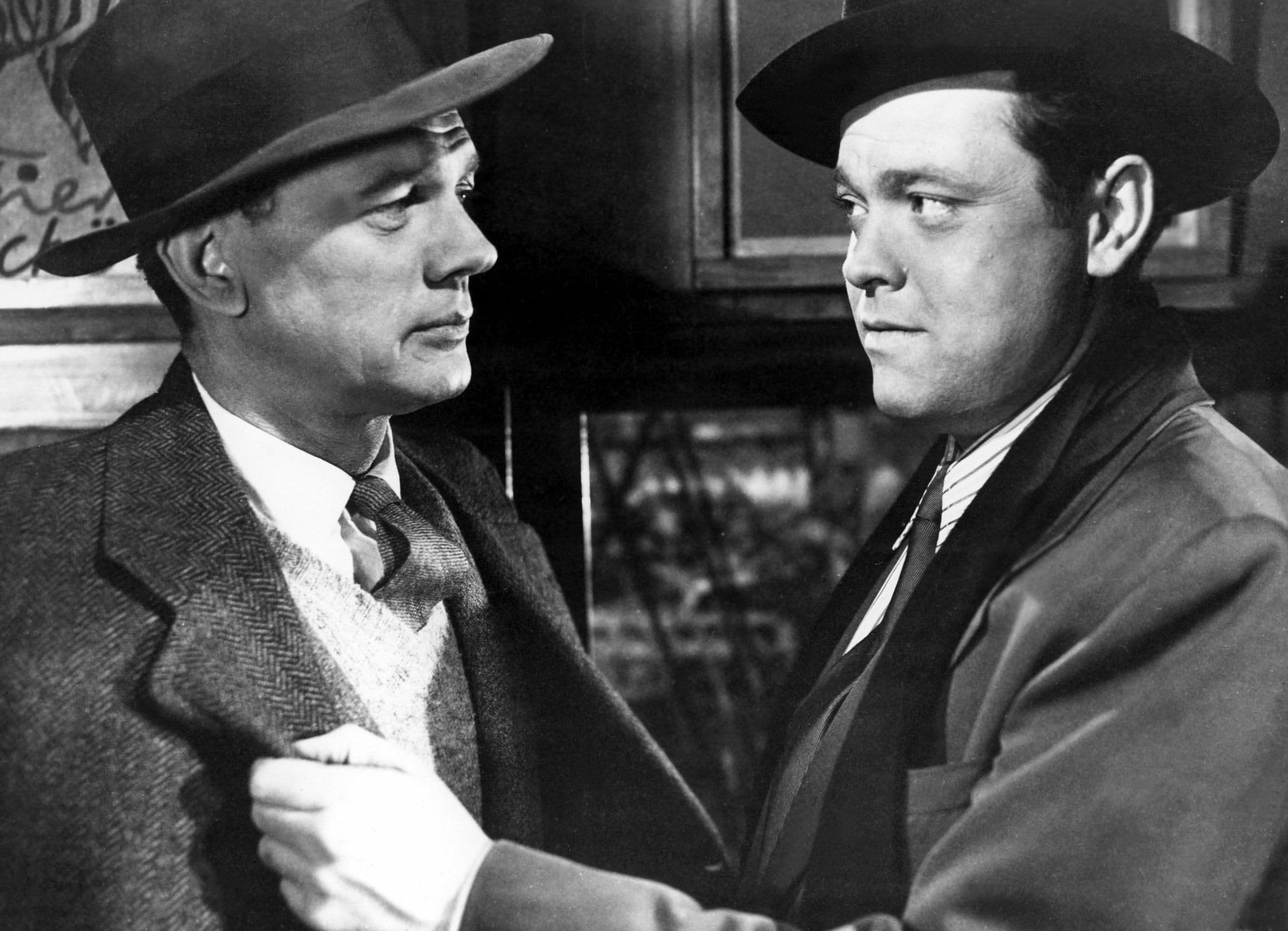
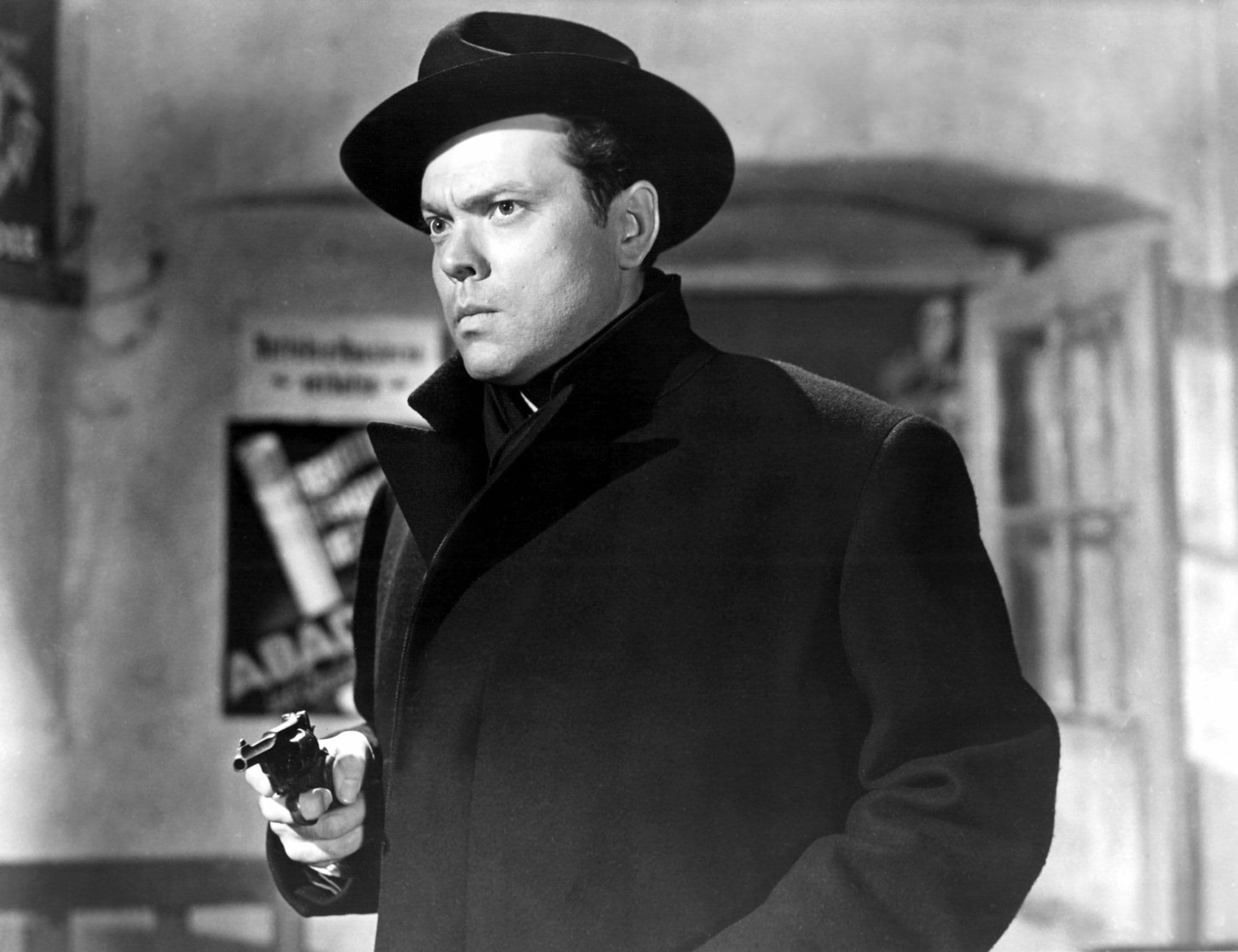
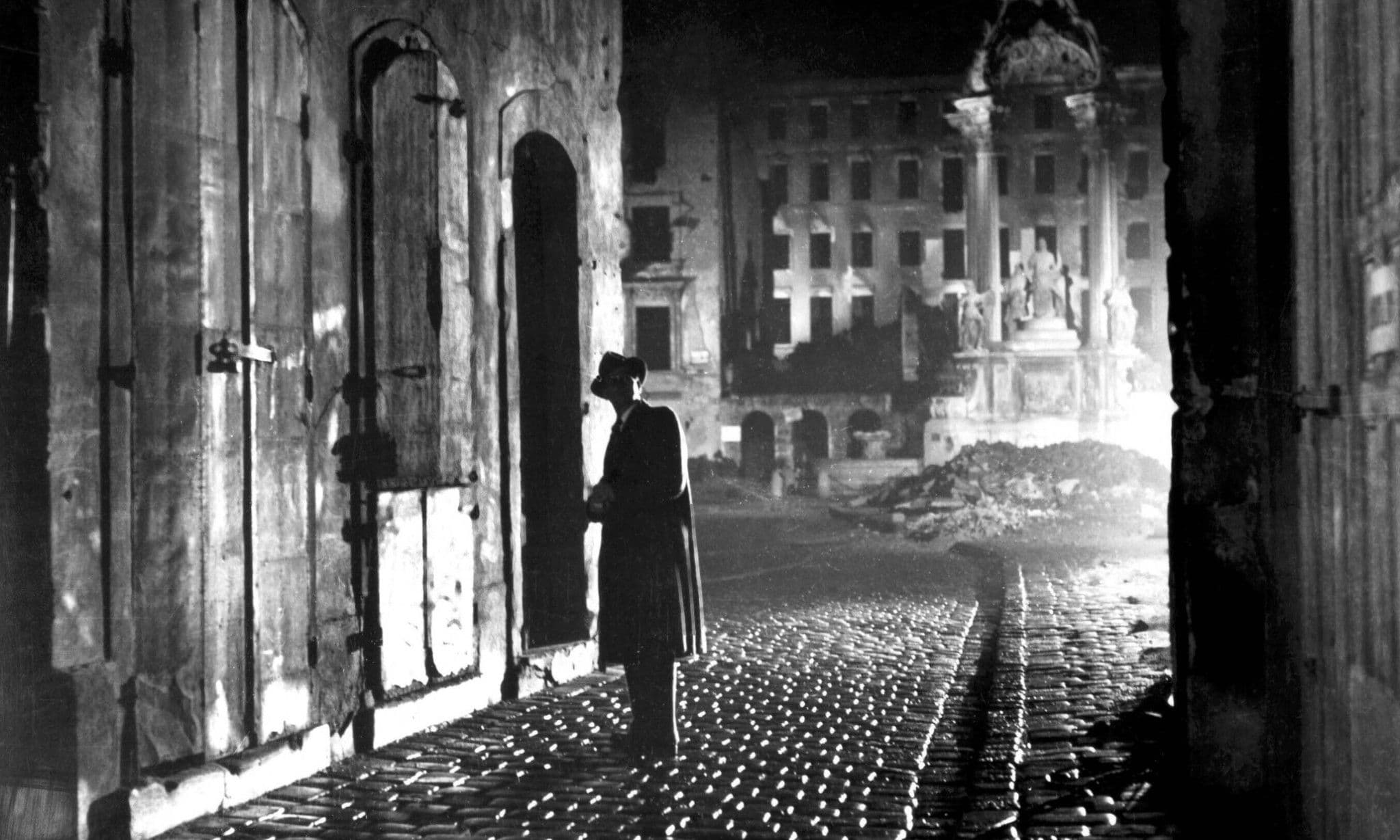
Featured Videos
Official Trailer
Comments
Loading comments...